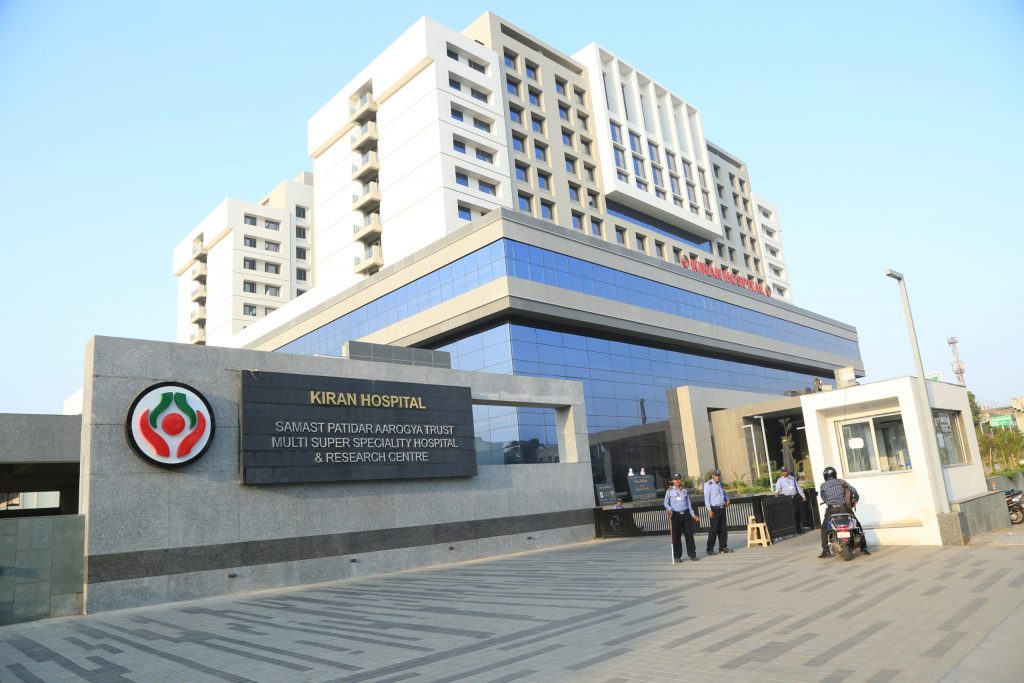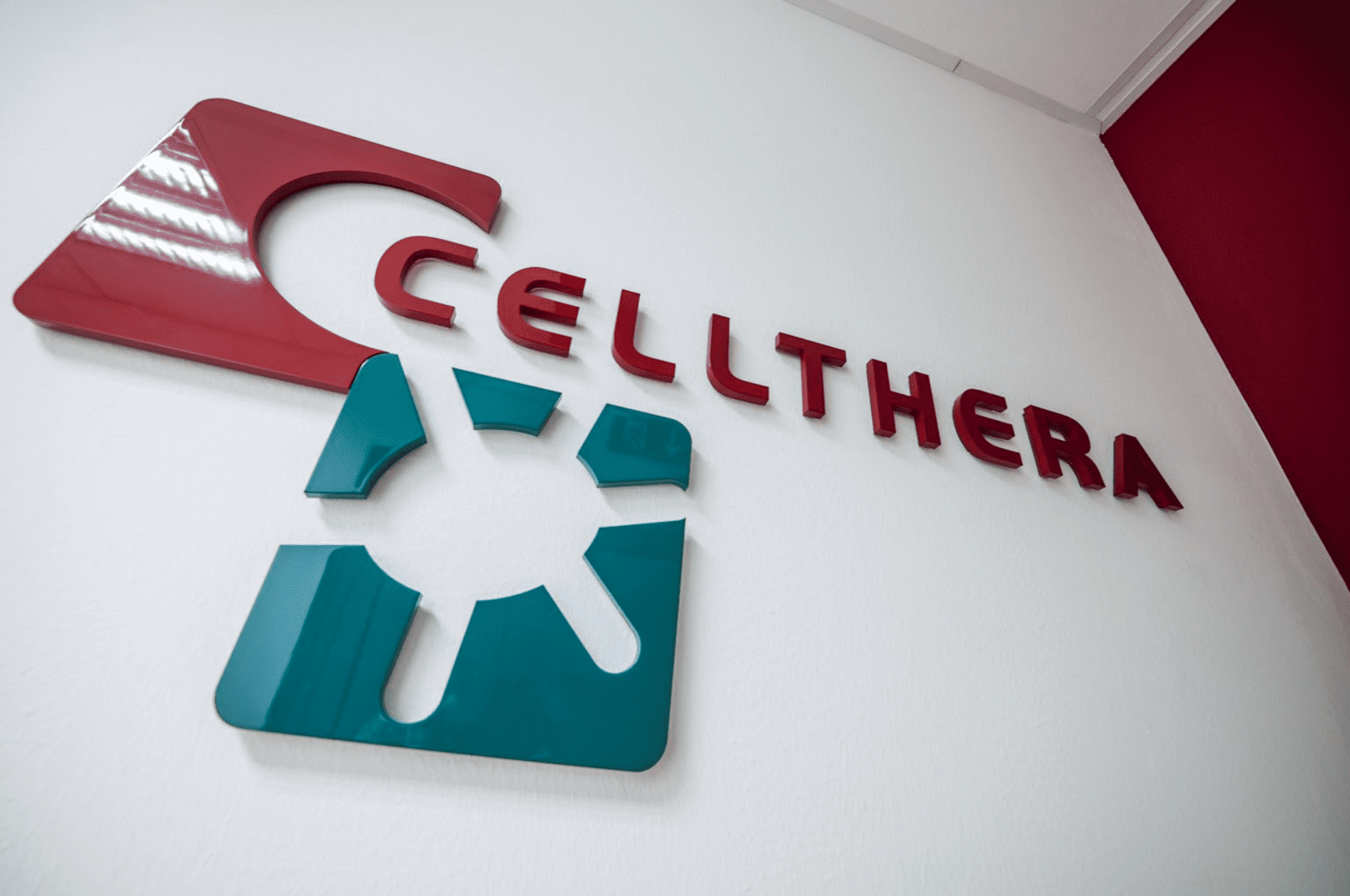Varicose veins: What Can Cause and How to Treat
Varicose veins are a pathology consisting in vessels swelling, “twisting” and protruding above the skin. Disease affects the lower extremities. Varicose veins develop due to vessel’s sides weakness. It leads to blood stagnation in the vein.
Vessel bulges are blue and violet. Mostly, they appear on calf parts, under the knees and on the ankles. Veins affected by varicose may be surrounded by small “stars” – thin red strings closed to skin.
Causes of varicose veins development
Damage to valves inside them can provoke varicose veins development. Venous vessels perform extremely complex functions – they return blood from lower body to upper structures, counteracting gravity force.
Valves are “responsible” for the blood capacity to pass through the vessels backwards. When such mechanisms are damaged or dysfunctional, blood accumulates in the vein, stretching it and forcing it to take unnatural forms: curls, swirls, etc. Following things catalyze veins varicose formation:
- age. Aging is reflected in the vessels – veins valves and sides are weaken, become less elastic, their structure thickens;
- floor. Women are more susceptible to disease, in particular, due to certain hormones presence in their body.
- pregnancy. Leg stress and hormonal changes;
- medicines. Contraceptive drugs and meds taken by women during menstruation to relieve its symptoms;
- familial predisposition – hereditary pathology;
- predominantly sedentary lifestyle, or vice versa – lack of body movements alternation leading to impaired blood circulation;
- wearing of clothing that restricts movement: narrow belts, skirts, trousers, etc.;
- ailments increasing veins pressure;
- smoking;
- overweight.
Varicose veins symptoms
First thing letting us know about varicose development is blue-violet, twisted veins rising above the skin like a tubercle. Other symptoms include:
- small reddish spots or blue lines grid appearance next to distorted veins;
- heaviness when walking and staying in one position for a long time – severe fatigue in muscles, lethargy after physical exertion, and the like;
- areas surrounding varicose vein are itchy;
- heavy pain, aching sensations and inflammation in legs;
- strong feet and ankles swelling;
- skin color of legs changes – brown spots appearance;
- severe disease form – ulcers on the legs along affected vein.
Varicose veins diagnosis and treatment
It’s possible to diagnose varicose of veins visually – vessels are clearly visible, since they’re close to skin. They can be felt manually. Additionally, with affected veins, the person’s posture at rest and in a sitting position changes.
For getting a detailed veins image, specialists prescribe an ultrasound. Thus, they can see valves condition and estimate the blood clots size.
Varicose veins: how to treat pathology
There’s no varicose veins treatment. Nevertheless, following methods are aimed at reducing affected vessels size and eliminating discomfort.
- Physical method – 5-6 times a day, patient should get his/her legs up above the waist in supine position – reducing veins pressure.
- Compression stockings – veins compressing, minimizing uncomfortable feeling level.
- Injections – doctor injects into the vein a mixture gluesing vessel walls, turning it into a scar. Over time, it disappears.
- Laser – with the catheter and laser therapy help, the damaged vein is thermally blocked.
- Vascular surgery – doctor bandages the vessel, preventing blood accumulation in it – full pathology removal.





